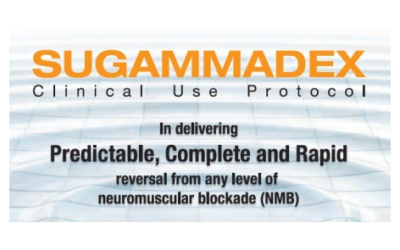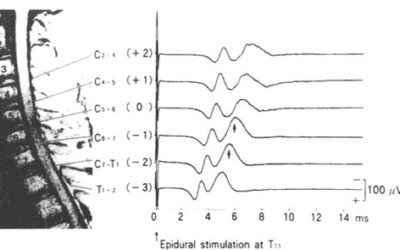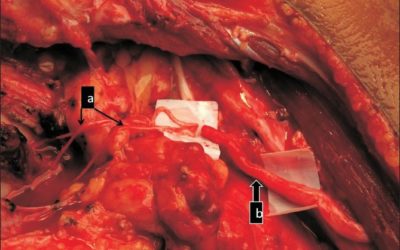Attention Neuromonitoring Professionals! Here’s How To Kill The Medicare G0453 Code
The G0453 Code ATTENTION: This Needs To Be Handled By 9/2/2014 (EDIT: Action time is over to kill the G0453, but still worth the read) Neuromonitoring professionals have been waiting to see how Medicare’s new G code (G0453) is going to affect the way we deliver our...
Roc vs. Succ: How To Safely Negotiate With Anesthesia…
Muscle Relaxants And Neurophysiological Monitoring So you want to tell anesthesia they can't use muscle relaxant on this case? You're bound to get a wide ranges of responses, from acknowledgement, dirty looks and maybe even a full blown temper tantrum. It's helpful to...
Direct Motor Evoked Potentials Using Surface Electrodes: Pros and Cons
Direct Motor Evoked Potentials Continuing on from the post about intraoperative monitoring for gliomas (and trying my best not to ramble on too much in this post), I'd like to discuss some pros and cons to using a surface electrode strip as an anode directly on the...
7 Reasons To Love Sugammadex For Neurophysiological Monitoring
Neurophysiologic Intraoperative Monitoring With Sugammadex Let me start off by saying this... I have no experience with the use of Sugammadex during neurophysiological monitoring. The drug was denied FDA clearance in the USA in 2008, so maybe some UK readers can chime...
Variability In Somatosensory Evoked Potential Test: Summing It Up
Somatosensory Evoked Potential Test Variability In my previous 2 post about temporal dispersion and somatosensory evoked potential test variability, I went over how to ID trial-to-trial variability, how to handle it and what was happening to the waveform. I'm going to...
Follow Up Post: SSEP Increased Variability vs. Increased Latency
SSEP Increased Variability vs. Increased Latency: A question from a reader... In my last post, I talked about using the waterfall function to better determine your SSEP baselines, as well as how using it can be helpful in determining your level of confidence with the...
How To Handle Variable Intraoperative Somatosensory Evoked Potentials
Intraoperative Somatosensory Evoked Potentials With our patient population getting older (the motor conduction slows by 0.4–1.7 m/s per decade after 20 years and the sensory by 2–4 m/s), overweight (conduction velocity of motor and sensory nerves decreases as BMI...
Intraoperative Monitoring For Gliomas… With Some New Toys
Glioma Surgery... Is Intraoperative Monitoring Wort It? Glioma tumors in the brain (which is a common malignant brain tumor) provides a intraoperative monitoring conundrum for the surgeon. Typically, can we offer the surgeon the ability to better localize the central...
7 Ways To Assure Beutiful Intraoperative Nerve Action Potentials (NAP)
Intraoperative Nerve Action Potentials (NAP) Optimization Intraoperative nerve action potentials allow testing of the peripheral nerve through physiological means. A surgeon uses the information you give them from the NAP to assess nerve damage, assess the degree of...









